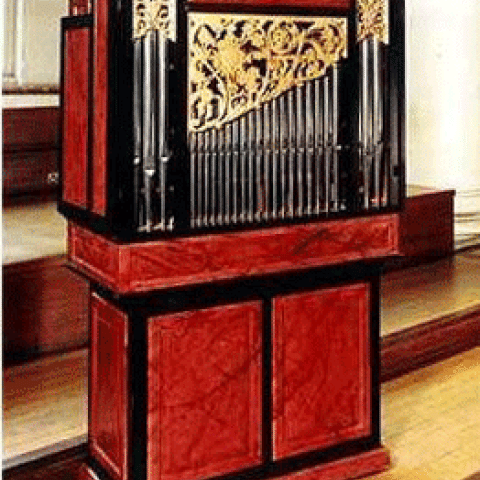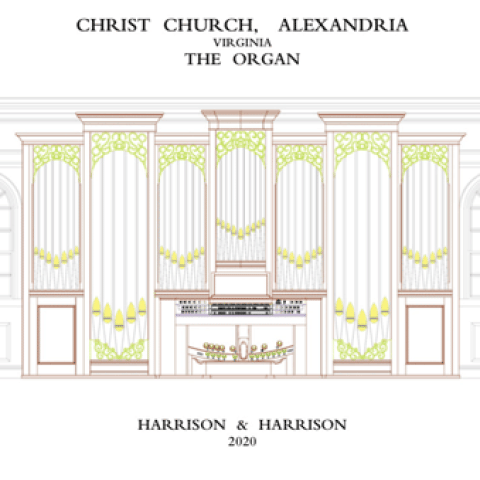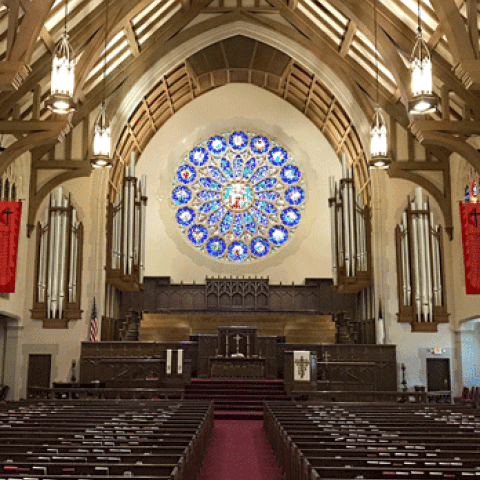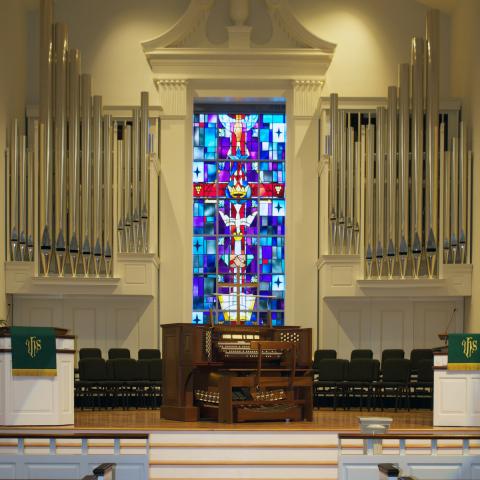
On July 11, an arsonist drove his car through the front door of Queen of Peace Catholic Church, Ocala, Florida, spread several gallons of gasoline around the narthex, and lit a match prior to the regular morning Mass. The doors between the narthex and the nave of the church were closed, but the air conditioning system was functioning and carried smoke into the nave as parishioners were gathering.
The church is currently stripped of all pews and other appointments and is being thoroughly cleaned. In the process, the pipes of the three-manual, 37-rank Randall Dyer & Associates Opus 58 (1993) have also been dismantled for washing to remove film and soot, and to facilitate a thorough cleaning of the mechanical parts of the organ by the builder.
For information: rdyerorgans.com.
Other recent organbuilder announcements:
Kegg Pipe Organ Builders 30th Anniversary






